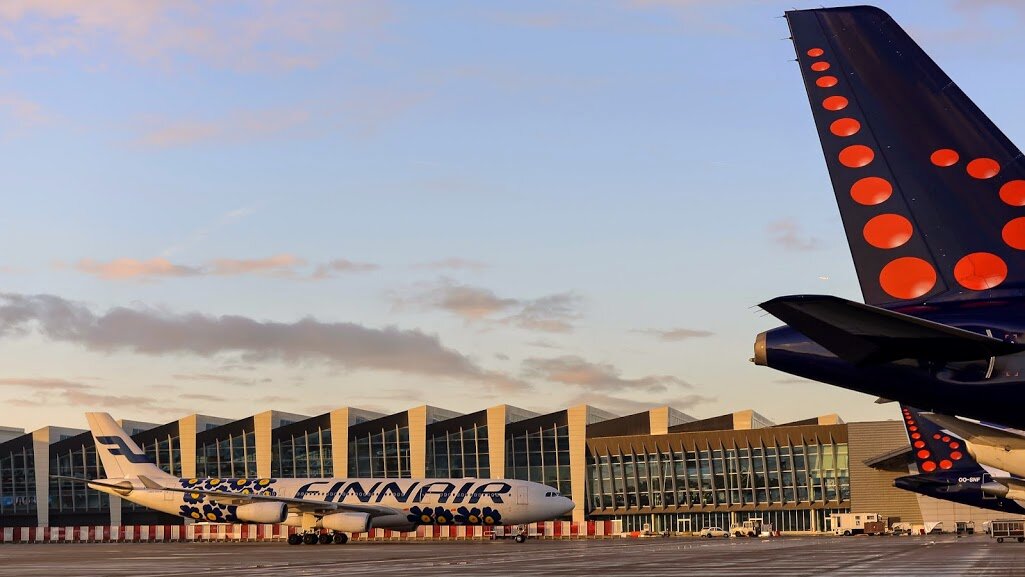Published Articles

Indonesia Airports Build: Overcrowding
Indonesia’s 230 airports are as active as the ones serving its capital, and sadly busy in the same proportions. The 25 Indonesian airports managed by state-owned company PT Angkasa Pur (which includes the country’s busiest such as Surabaya, Jakarta, Makassar and Bali Denpasar) handled 111 million passengers in 2010, although their combined capacity barely reached 58 million.Bali airport is running at twice its capacity but the in progress-expansion will make it ready to handle 20 million passengers in 2017 – versus 14 in 2012. That would make it ready to cope with the growing traffic until 2017, officials said. The capital of Sumatra North Medan also saw its situation changing for the best in 2013 when its new Kuala Nanu International Airport finally opened. The former Polonia airport closed last July while it was handling 8 million passengers for a capacity limited to 1. Indonesian airlines did not wait long before jumping on it, mainly for its most valuable asset: room.

Indonesia Airports Build: Jakarta Airport Failure
In Indonesia, it’s too late. After years of governmental inaction, the country’s airports are heavily saturated, and expansion plans will not be enough. Airlines are still growing fast, trapping Indonesia in a vicious circle.The economy is booming on this tiny archipelago of 17000 islands. Air transport is nothing less than the only solution, and fast-competing airlines brought domestic air traffic's growth to a whopping 20% in 2012. While some emerging countries manage growth well, others don’t.
Behind the amazing success of booming airlines, another reality comes up: Jakarta's Soekarno-Hatta International Airport. It handled 58 million passengers in 2012, but it was only designed for 22 million passengers. This represents a 163% overcapacity that as you will see, sums up pretty well the situation of airports in Indonesia.
